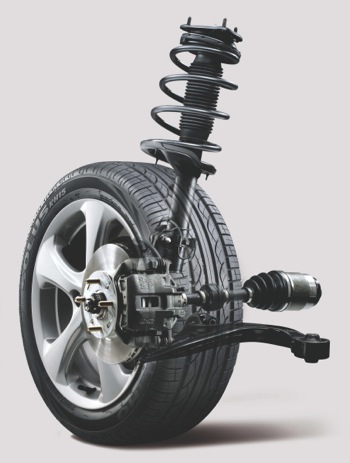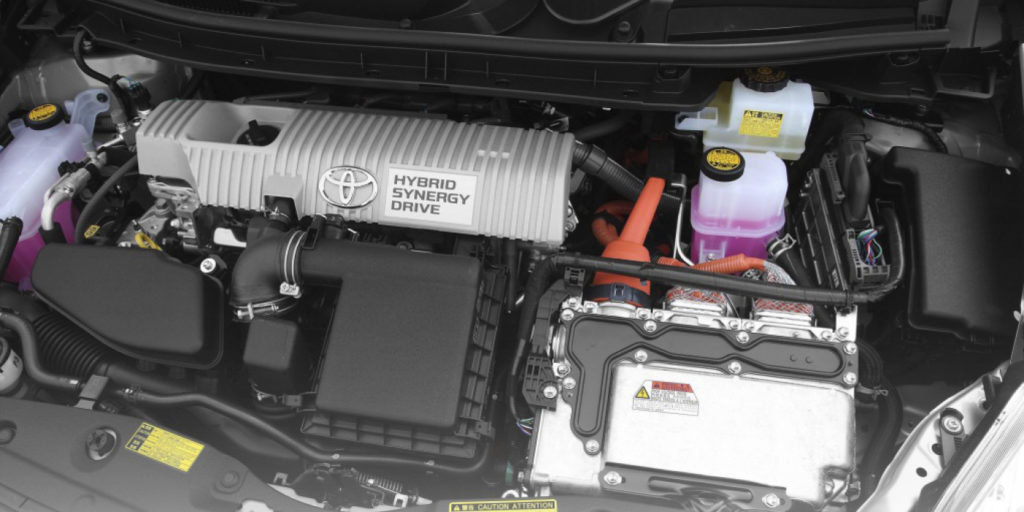
Some of the toughest challenges we face as import specialist techs are noise complaints. And, in order to make an accurate assessment, we take the time to ask our customers questions like: Is the noise present when the car’s stationary or moving? Does it change around corners or under different load considerations? Is it a growl, squeak, groan or rattle?
While wheel-bearing noise is also one of the toughest problems for the customer to describe, it’s not unusual for it to come on so gradually that the customer may not even notice it until you mention it after an unrelated road test. Many times, the customer complaint will send you down the wrong path if you let it. We’ve heard complaints from exhaust leaks, to tire balance, to “it just doesn’t sound right,” that have ended up being bad wheel bearings.
When faced with any noise complaint, take the time to test-drive the car with the customer, if that’s possible.
When the vehicle is up in the air and you confirm the wheel-bearing problem, be sure to look at the whole job and include peripheral items in the estimate. On many models, it will be necessary to disconnect sway bar links. Does it look like they will come apart and go back together? It might make more sense to replace them. If the CV boot is torn, this is the best time to take care of it.
IMPORTANT FIRST STEPS
During your test-drive, make note of the sound as the load changes around corners; it will give you an idea of which bearing has failed (the noise will usually increase with load). If there’s no change, it’s an indication there may be another problem disguising itself as a wheel bearing.
Anything that can feed a vibration into the chassis could be the problem, from worn engine mounts to mis-routed A/C lines or, in the case of SUVs, don’t discount the rear differential and driveshaft as a source. If any doubt exists, our final step of the diagnostic process includes putting the vehicle on the lift and pinpointing the problem with a stethoscope.
We’ll take a look at the recommended procedure for bearing replacement on the popular 2010 Elantra, as outlined on the Hyundai service information website, www.hmaservice.com.
Like many jobs, the equipment resources in your shop will dictate the procedure. While the service information outlines the procedure using a shop press, the tool manufacturers offer some excellent tools that claim to make the job easier and more efficient.
In the case of the Elantra, it’s a straightforward situation to remove the bearing carrier, making working on a bench a good option. As always, follow good work habits, such as opening the brake bleeder before pushing back the pistons to remove the caliper, rather than pushing dirty fluid through the ABS controller. If you’re not changing the pads, a folded-up piece of cardboard between the pads will hold them in place and protect them.
Be careful with the protective boots on the ball joints and tie rod ends, as well as with the threads. You also have to be careful with the ABS sensors. If they’re stuck in the housing, it may be a better strategy to leave them in place and unplug them from the harness, and be careful with them as you work on the bench. I like to tell my techs to think about putting the job back together as they’re taking it apart. It’s easier to clean up the threads on a tie rod end before it’s removed from its taper, than it is later; a couple of extra minutes during disassembly can pay dividends in the end.













